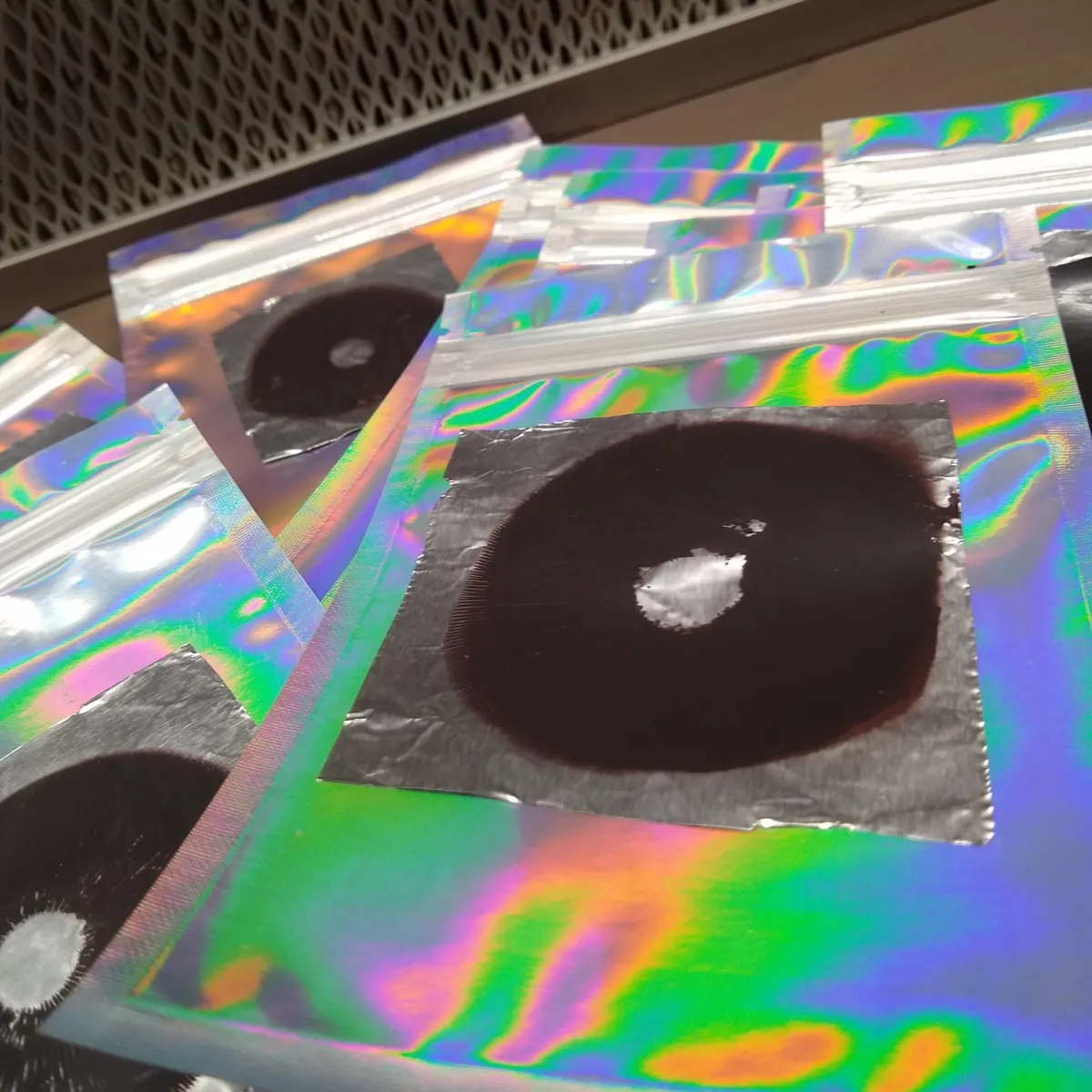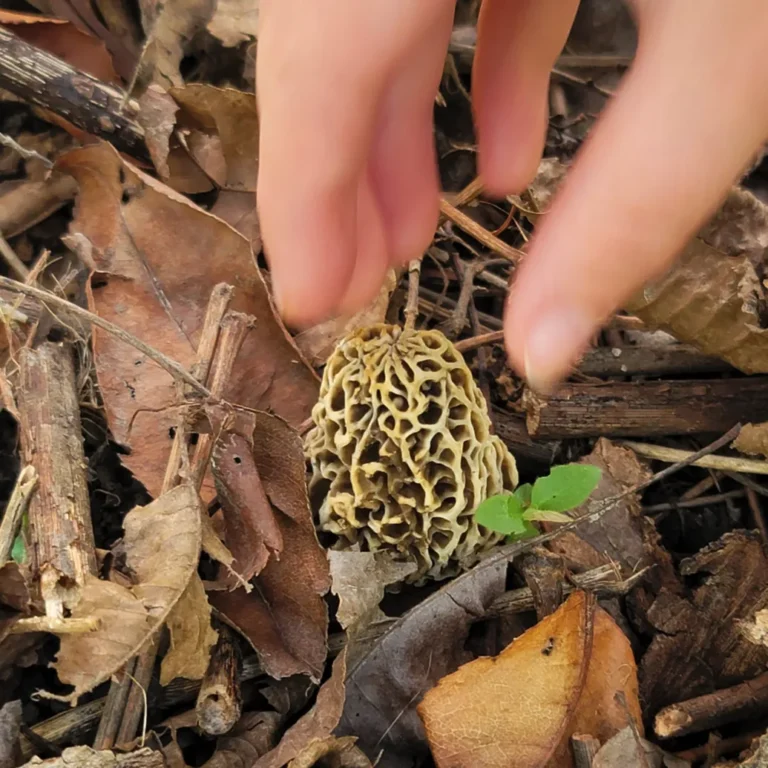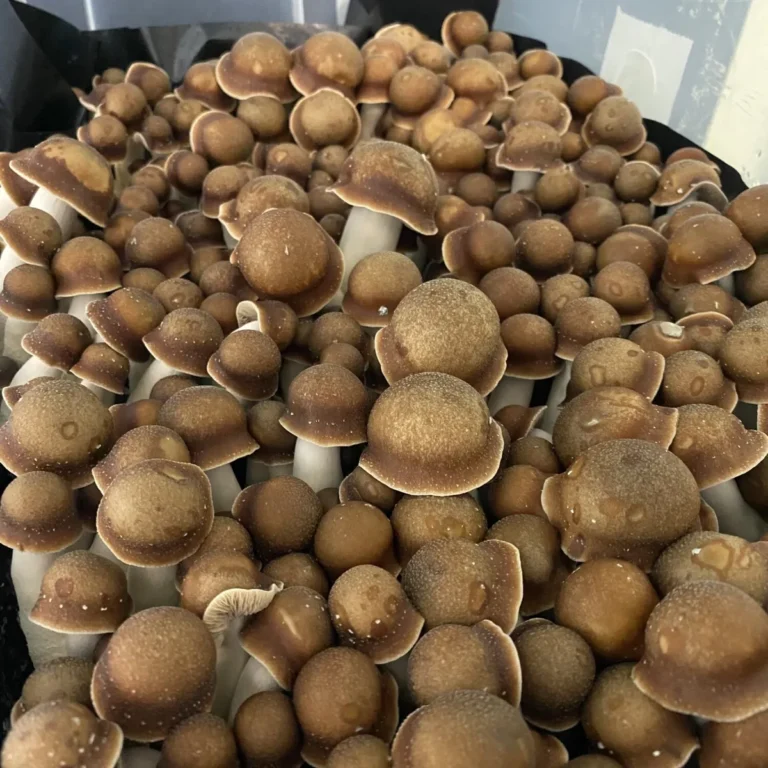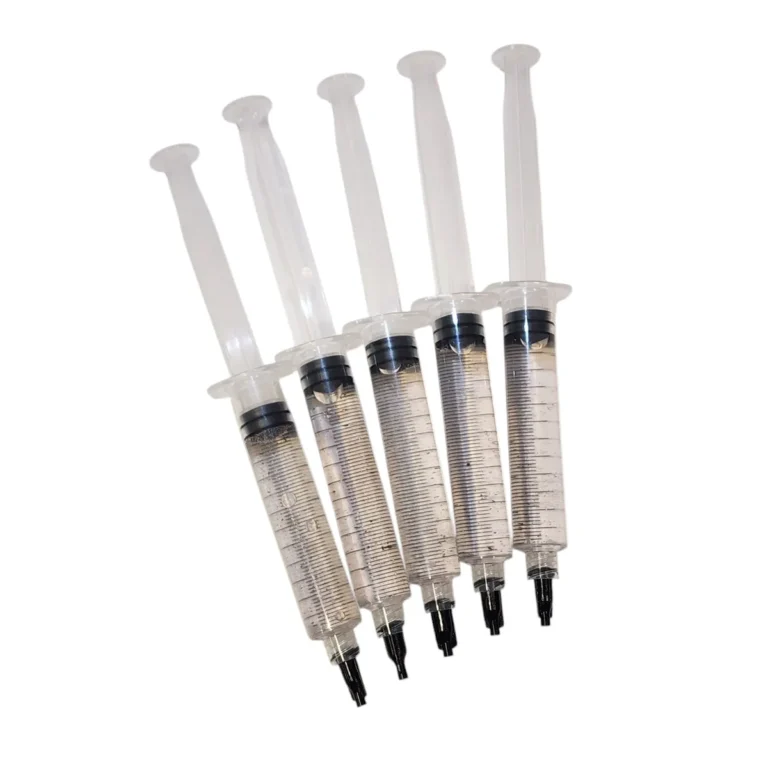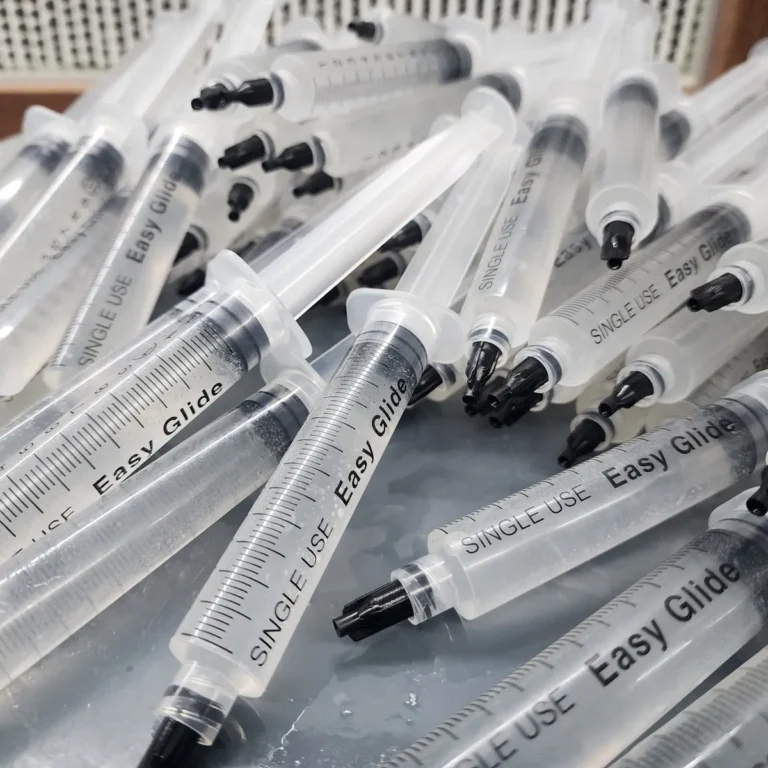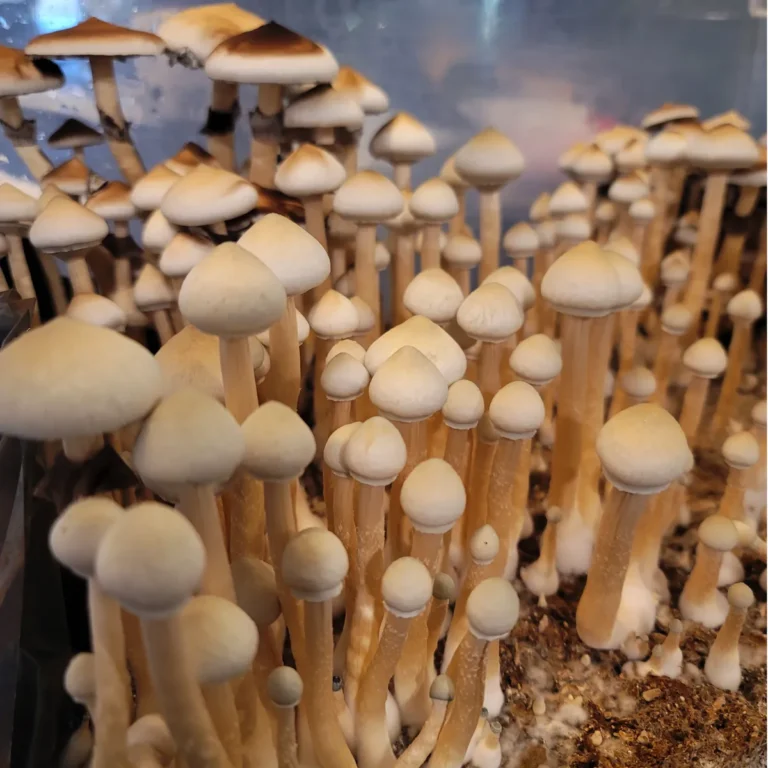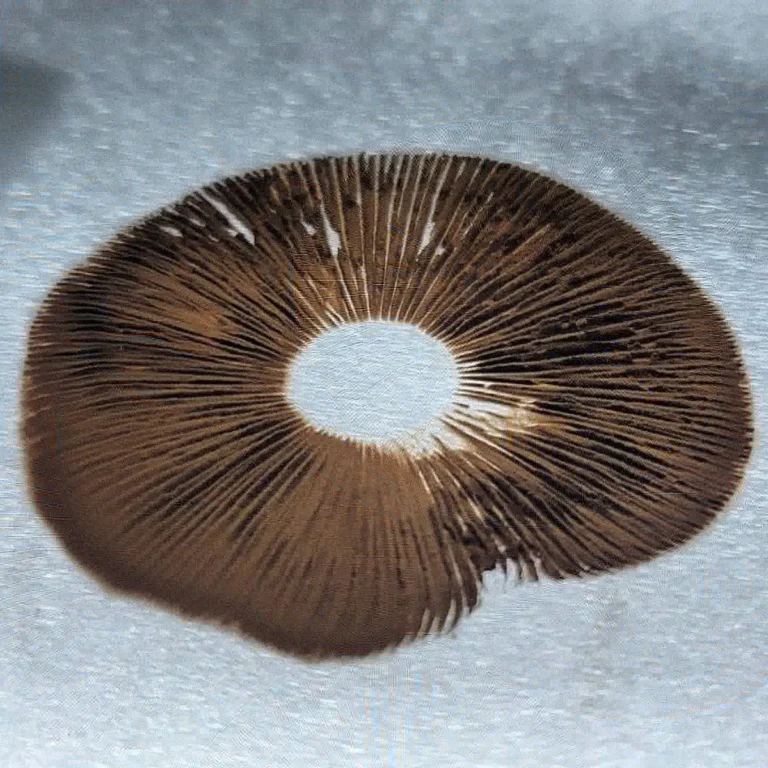The Ultimate Mushroom Spore Storage Guide for Collectors and Researchers
Whether you’re a casual enthusiast or a serious researcher, your spores are valuable, scientifically, historically, and financially. Preserving that value requires more than just careful collection. It requires thoughtful, intentional mushroom spore storage.
Spores are living genetic material, and like any living system, they’re vulnerable to heat, moisture, contamination, and time. Improper storage can mean losing access to rare strains, misidentifying specimens, or watching a once-viable archive degrade into dust.
In this guide, we’ll walk you through the best practices for storing spore syringes, prints, and swabs, whether you’re starting a small collection or building a full-scale spore library. You’ll learn how to avoid the most common storage mistakes, extend shelf life, and preserve the integrity of your specimens for years to come.
Let’s make sure your spores are ready whenever curiosity, or science, calls.
Why Proper Mushroom Spore Storage Matters
Spores may be microscopic, but they hold vast potential. Each one contains a complete genetic blueprint, and when stored correctly, can remain viable for months or even years. But without proper storage, that potential quickly fades. Exposure to heat, moisture, or contaminants can render even the most prized strains unusable, degrading cell walls and damaging reproductive structures.
For hobbyists and researchers alike, maintaining spore viability isn’t just about preservation, it’s about ensuring continuity. Like that one-of-a-kind strain you acquired last year. Without care, it could be gone before you even get it under the microscope.
Proper mushroom spore storage protects your investment in rare or hard-to-find genetics and supports the long-term value of your collection, especially if you’re building a spore library. It also supports ethical, legal research, ensuring that your specimens remain clean, cataloged, and compliant for microscopy and taxonomic study.
By learning and applying best storage practices now, you safeguard your spores for future experiments, comparisons, and discoveries. Think of it as creating a living archive, one that can grow with you and remain useful for years to come.
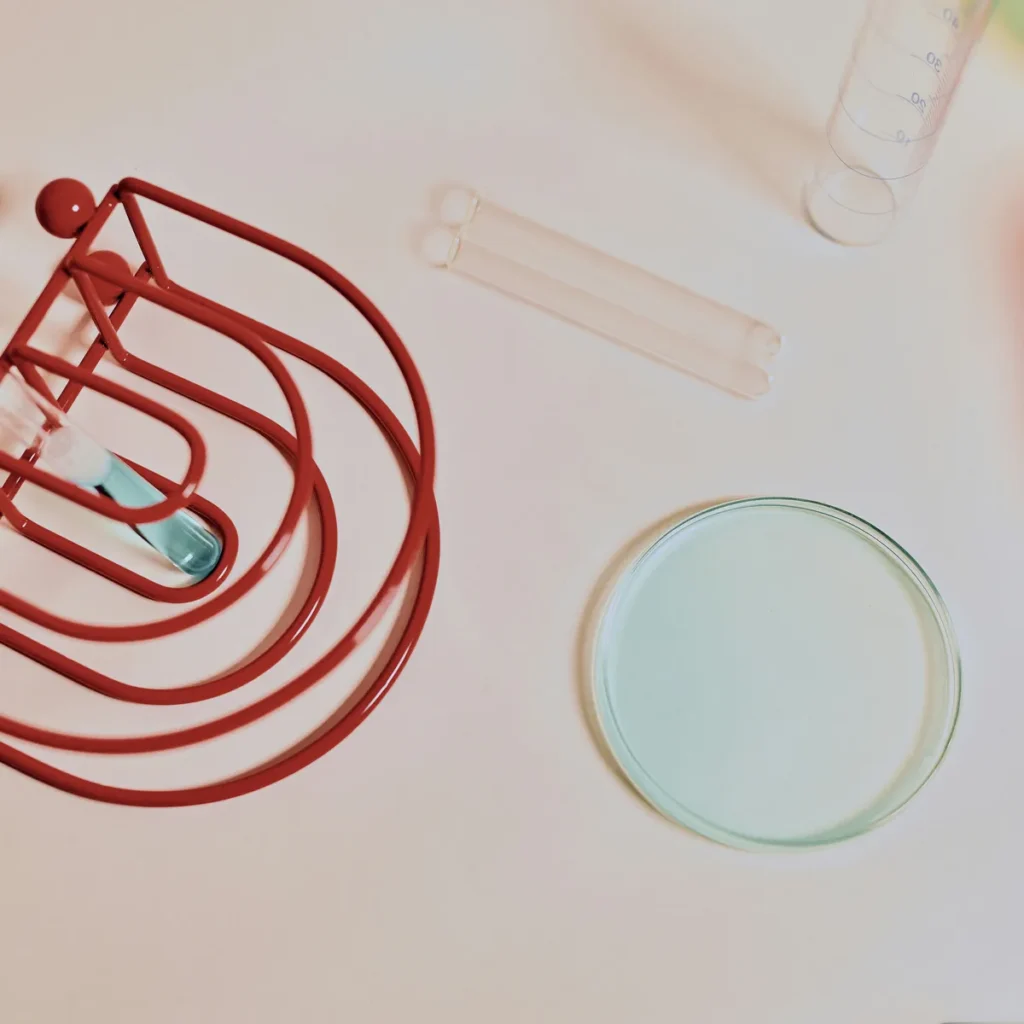
How to Store Spore Syringes
When it comes to mushroom spore storage, spore syringes are one of the most beginner-friendly and versatile formats, but only if stored properly. These liquid-based samples contain suspended spores in sterile water or saline, and their shelf life depends heavily on how they’re handled. Here’s some advice to know:
- Refrigeration is key
Store spore syringes in the refrigerator at a stable temperature between 36°F and 46°F (2°C to 8°C). This slows down any microbial growth and helps preserve the viability of the spores. Never freeze syringes, ice crystals can rupture the spores and degrade the solution.
- Keep them upright and sealed
Store syringes in their original packaging (plastic tube or sterile bag) and upright when possible. This prevents clogging and keeps pressure stable inside the syringe.
- Label and track
Use a simple log or spreadsheet to record strain, date of purchase/preparation, and storage location. This is essential if you’re managing multiple strains in a growing spore library.
- Shelf life expectations
With proper storage, spore syringes typically remain viable for 6–12 months, though some last much longer. Watch for signs of contamination (cloudiness, floating debris) and discard any compromised samples.
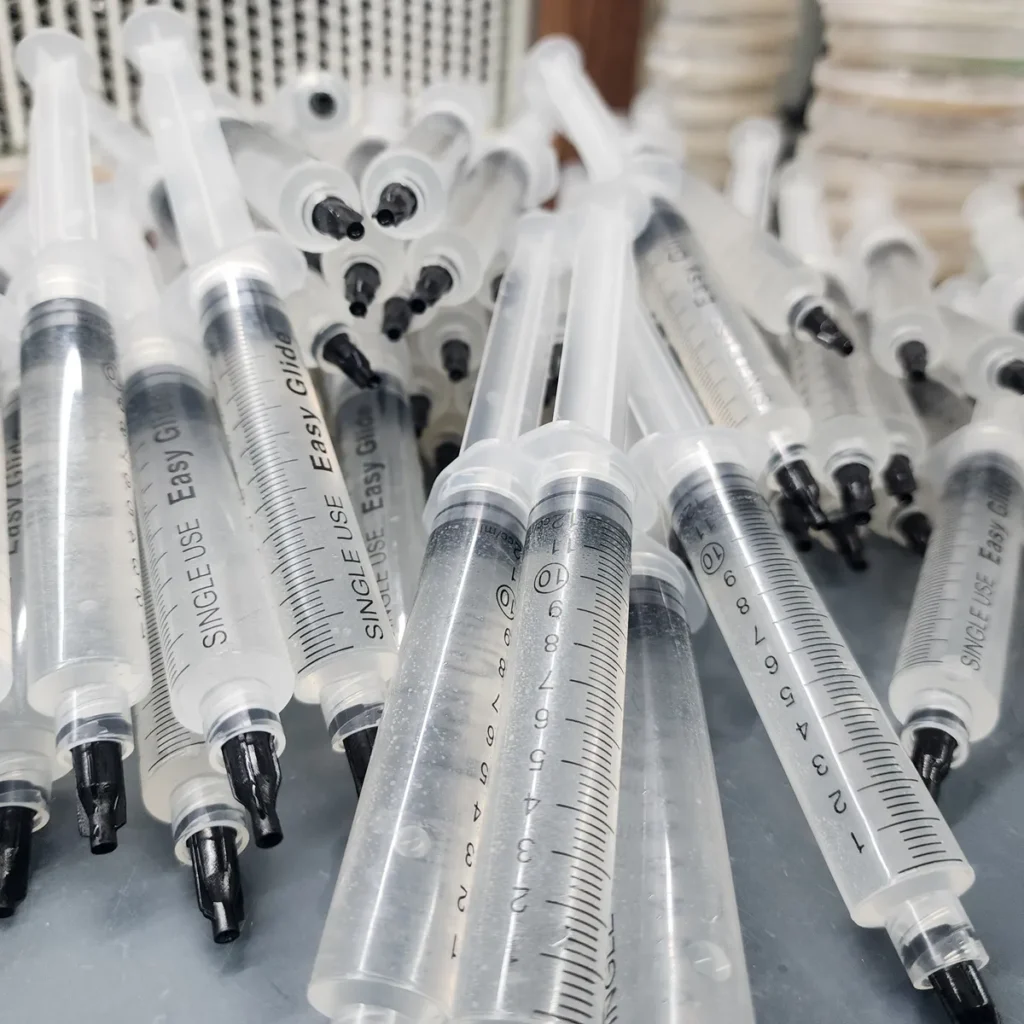
How to Store Spore Prints
When stored correctly, spore prints can last for years, making them a favorite among researchers, collectors, and anyone building a long-term spore library. But as with any biological material, their preservation depends on stable, controlled conditions.
- Cool, dark, and dry wins
Keep spore prints in a location with minimal temperature fluctuations—ideally around 60–70°F (15–21°C). Avoid light exposure, which can degrade pigmentation and spore walls over time. Humidity is the biggest threat, so make sure your storage area is bone-dry.
- Protect the print
Foil prints are preferred over paper because they resist moisture better and are more durable. Store them inside resealable plastic bags, glassine envelopes, or airtight containers. To go the extra mile, include silica gel packets to control internal humidity.
- Label and catalog
Clearly mark each print with the strain name, collection date, and origin. For larger collections, consider creating a digital database for easy reference.
- Vacuum sealing (optional)
For those committed to long-term archiving, vacuum sealing spore prints provides an extra layer of protection from air, moisture, and microbial contaminants.

How to Store Spore Swabs
Spore swabs are a favorite among advanced researchers and collectors, especially when working with rare or wild-captured genetics. These sterile cotton swabs are rolled across the gills of mature mushrooms and sealed in protective tubes. While they’re compact and convenient, proper storage is essential to prevent degradation or contamination. Here are some tips for storing them properly.
- Cool, dry, and stable
Like prints, swabs prefer a cool, dry environment out of direct light. You don’t need refrigeration, but avoid hot or humid conditions, which can introduce mold or cause spore clumping. A drawer, cabinet, or closet with silica packets works well.
- Leave sealed until use
Always store swabs inside their original sterile tubes or vials. Opening or disturbing them early can reduce sample integrity or introduce airborne contaminants, especially if you plan to use them for isolation work.
- Use within 6–12 months
Swabs tend to have a shorter ideal shelf life than prints, especially if exposed to moisture or oxygen. While viable spores may persist longer, best results usually come within the first year.
- Track your samples
If you’re maintaining a growing archive, label each tube with strain, date, and source, and log it into your digital or handwritten inventory.
- Preserve rare finds
At Basidium Equilibrium, our Genetic Vault strains are often the only source for landrace or unique isolates. Storing them well means preserving fungal heritage.

Tips for Building and Maintaining a Spore Library
Creating a spore library isn’t just for institutions, it’s something any serious mycology enthusiast can do at home. Whether you’re curating rare Psilocybe strains or preserving decades of microscopy specimens, an organized archive turns a hobby into a lasting contribution to fungal research.
Start by organizing by format and strain
Separate your spore syringes, prints, and swabs in clearly labeled containers or drawers. Use waterproof labels and include strain name, date collected, format, and origin. Color-coded tabs or dividers can make large collections easier to navigate.
Then, digitize your records
Track your library in a spreadsheet, Notion board, or something different, whatever works for you. Include notes on viability, usage history, and any observed traits. This makes it easier to rotate stock and plan future microscopy sessions.
Inspect and rotate.
Every 6–12 months, take a few minutes to inspect your collection. Discard any compromised samples and check for condensation, seal failures, or fading labels.
Duplicate rare genetics.
If you’re holding rare spores or heritage strains, consider backing them up in multiple formats (e.g., a print and a syringe). You might even store one in a secondary location for long-term preservation.Are you ready to protect your spores like a pro? Explore our full range of microscopy-grade spore syringes, prints, and swabs in our shop. Remember, each one is prepared with care and built for long-term viability. Start or grow your own spore library today, and subscribe to our newsletter for exclusive preservation tips, rare strain drops, and educational guides delivered straight to your inbox.

